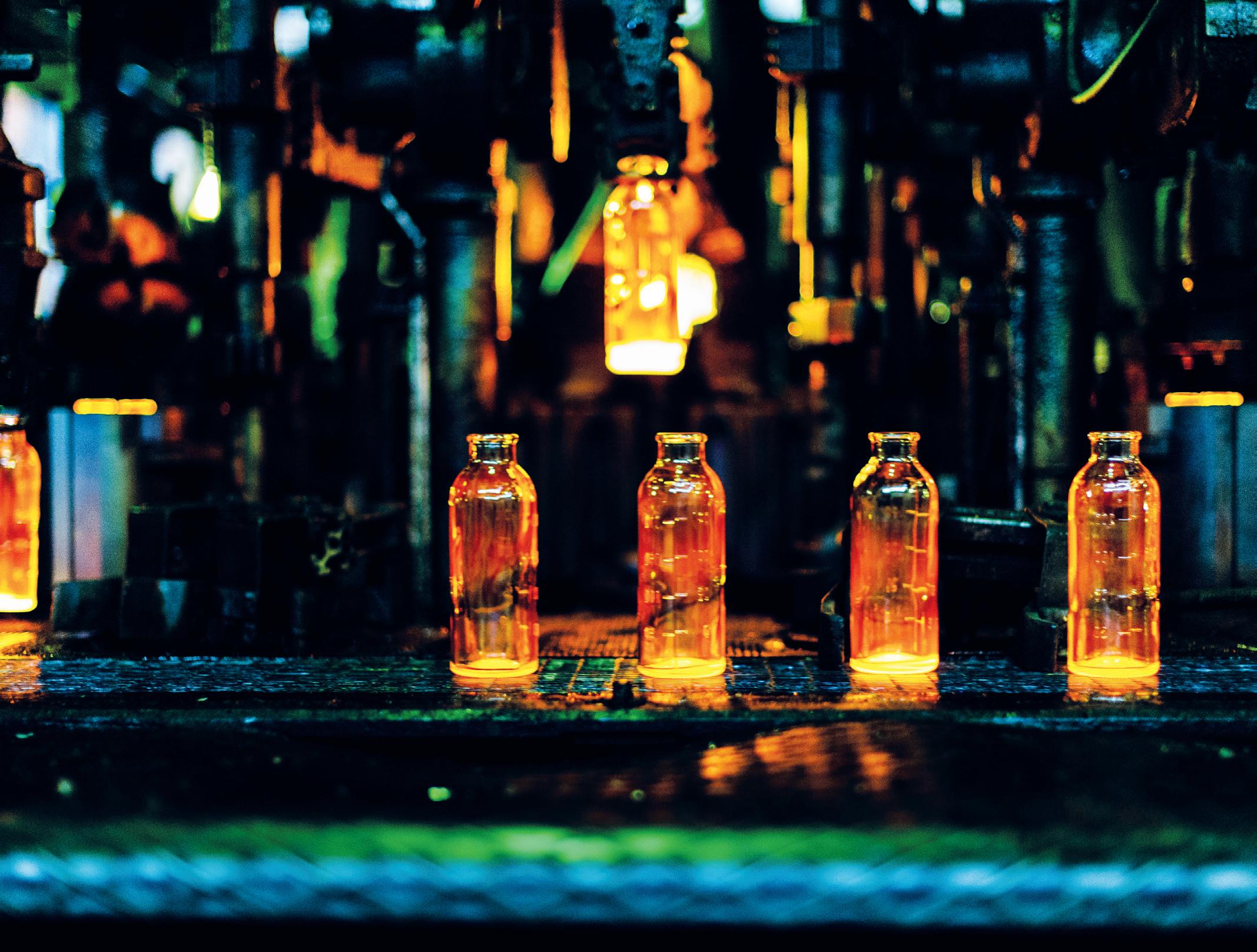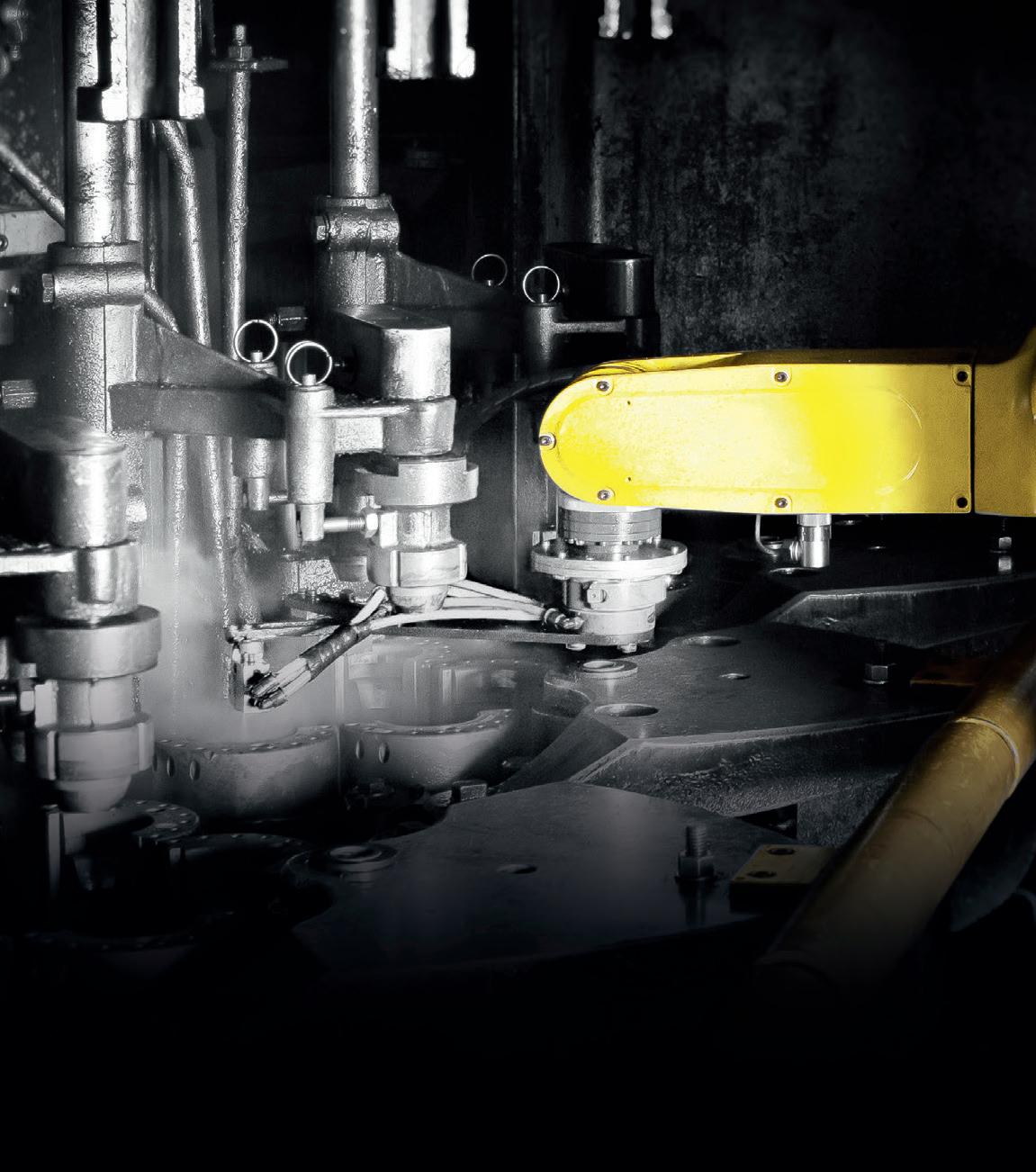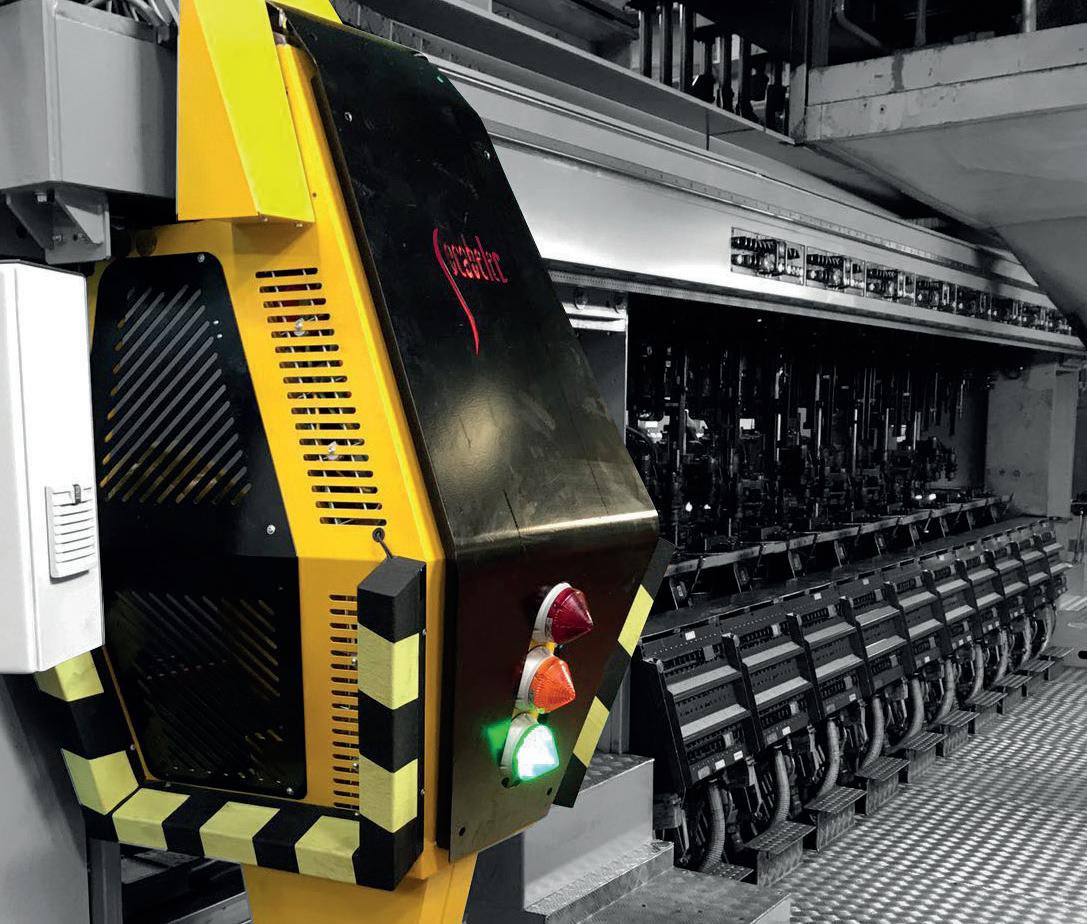
4 minute read
Forming
Picture: Adobe Stock
Considerations in the selection of IS Machines
Today’s Individual Section (IS) machines have up to 12 sections and can reach a production speed of 700 bottles per minute. What machine is required for an individual glass factory, each with its own separate requirements? Saeed Keshavarz* discusses the parameters required to select the right (IS) machine for you.
Glass is known and appreciated as the best packaging material due to its advantages over other packaging materials.
The demand for glass as a packaging material constantly increasing in many regions of the world.
The machine suppliers for container glass equipment are dealing with new demands and enquiries despite the fact many new projects and investments were postponed due to the Covid-19 pandemic.
Such a trend is expected to continue in future. The customers’ requirements do not stop growing and the NNPB (narrow neck press and blow) process is a good response to the demands for lighter articles and better prices.
This is good to mention that year 2022 has been proclaimed the UN International Year of Glass by United Nations.
In this article, we briefly review the parameters needed in selecting IS machines (Individual Section machines). Today’s IS machines have up to 12 sections and can reach a production speed of 700 bottles per minute. At this rate of production, the glass factory can offer its customers large quantities of glass containers at an affordable price. So, let us discuss how to select the right IS Machine.
Capacity/Output
This is basic information to accordingly choose the IS machine size and specifications as well the number of sections of machine will be determined. Based on the weight and dimension of the article, the number of gobs (single, double, triple, quadra); the machine type; and centre distance (such as 3”, 4 ¼”, 5 1/2”) and the forming process (Blow and Blow, Press and Blow; NNPB) will be defined.
The number sections of IS Machines vary from one section small machines with capacity of less than 5 tpd to 12 sections or Tandem machines (for instance 8+8) with capacity of more than 150 tpd.
Article Type
The machine specifications depend on the type of the article intended to produce, such as bottle (Narrow Mouth) or jar (Wide Mouth), Height, Body and Finish Diameter.
Based on this information type of the machine will be chosen. The type is based on center distance between two moulds on each section.
Quantity of production of each job
Also the usual quantity of each article is a major parameter which is connected to defining capacity of the machine and defines size and specifications of IS machines.
For instance, for a certain capacity of
furnace, the number of IS machines and their capacity vary according to how often the job change is required. A 210 tpd furnace, can feed either two IS machines (105 tpd average capacity) or three IS machines (70 tpd average capacity) or so on.
Technological considerations
Followings are some of common options or tools can be considered in process of selecting IS machines:
A) Feeder type and specifi cations -Servo or mechanical. -Arcuate cutting or Parallel.
B) Servo Mechanisms Especially in the area of take-out and invert and plunger mechanisms are a good approach that provide better control and make the production process smoother.
For instance, servo invert mechanisms ensure the smooth transfer of the parison from the blank mould to the blow mould, easier than traditional mechanisms.
It should also be noted that the trend of replacing traditional mechanisms with servo ones is not always productive. For instance, the use of servo mechanisms for baffl e or funnel mechanisms does not bring much added value but makes the machine more complicated from the electronic point of view.
C) Type of Mould Opening and Closing Parallel mould opening/closing mechanisms are a successful solution to improve the article quality, because the contact time between the mould surface and the glass is the same for all gobs in the same section. This is more considerable in triple gob or quadra gob operation.
D)Cooling Technology IS machine operation is directly related to cooling’s capacity and cooling’s effi ciency applying in the IS machine. Nowadays, axial cooling and 360 degree cooling in both blanks and blow side are available by all machine suppliers. These cooling methods improve forming process in comparing with traditional stack cooling and vertical cooling.
E) Proportional Valves Nowadays, proportional valves are standard solution to have more precise control on the certain events of IS machines and recommended in selecting IS machines features.
F) Automatic Weight Control Automatic Weight Control by sensing position of plunger and in close loop with height of tubes and plungers in feeder mechanisms, is a useful tool in NNPB production.

Conclusion
The mentioned parameters are important points to be considered in selecting IS machines, but the fact is there are other parameters needed to check and consider based on actual requirement of production and project. The process of selecting IS machine features plays an important role in pre-engineering of container glass projects and indeed affects the performance and productivity of a glass plant. �



















